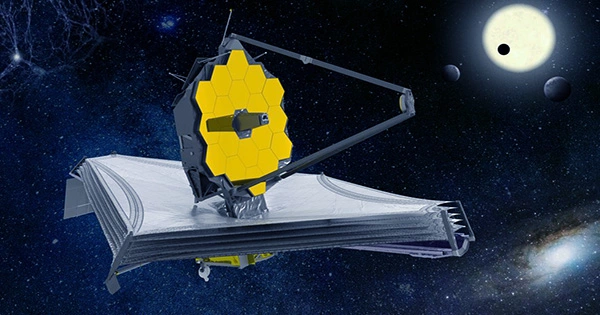A spark-gap transmitter is an early type of radio transmitter that generates radio waves to communicate. It is an old type of radio transmitter that produces radio waves using an electric spark. Spark-gap transmitters were the earliest form of radio transmitter, and they were the most common throughout the wireless telegraphy or “spark” era, which lasted three decades from 1887 to the end of World War I.
In 1887, German physicist Heinrich Hertz created the first experimental spark-gap transmitters, using them to verify the existence of radio waves and investigate their properties. It was widely employed in the late nineteenth and early twentieth centuries before more efficient and dependable transmitter designs emerged.
The spark-gap transmitter generates sparks over a small distance between two electrodes. When a high voltage is supplied to the electrodes, it ionizes the air between them, producing a spark to fly across the gap. This spark produces a burst of electromagnetic energy that travels over space as radio waves.
Spark-gap transmitters have a basic restriction in that they emit a sequence of brief transient pulses of radio waves known as damped waves, rather than the continuous waves needed to deliver audio (sound) in modern AM or FM radio transmission. Spark-gap transmitters could not transmit audio, thus they conveyed information using radiotelegraphy; the operator turned the transmitter on and off with a telegraph key, generating radio wave pulses to print out text messages in Morse code.
Spark-gap transmitters have several limitations and drawbacks, including:
- Inefficiency: Spark-gap transmitters are highly inefficient, with much of the energy being dissipated as heat and not converted into useful radio waves.
- Broadband emissions: The sparks produced by the transmitter generate a wide range of frequencies, resulting in a broadband signal. This makes it difficult to tune to a specific frequency for communication, causing interference with other nearby transmissions.
- Poor frequency stability: The frequency of the radio waves generated by a spark-gap transmitter can vary widely, making it challenging to maintain a consistent communication signal.
- Legal restrictions: Spark-gap transmitters can cause severe interference to other electronic devices and radio communications. As a result, their usage is strictly controlled or prohibited in many nations.
Despite these restrictions, spark-gap transmitters played an important part in the early development of radio communication, with applications including marine communication, early wireless telegraphy, and amateur radio. However, they have been mostly supplanted by more advanced transmitter technologies, including vacuum tubes and solid-state transmitters, which provide more efficiency, stability, and signal control.
















